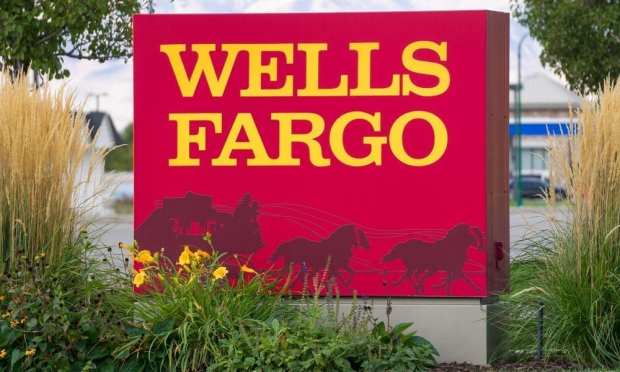Wells Fargo Sees Card Spending Growth As Restructuring, Regulators Loom

For Wells Fargo (at least, when it came to the latest earnings report), it was all about the costs — and scandals. Charles Scharf, the new CEO who took the helm in October, has his work cut out for him.
On a day when peers such as JPMorgan reported earnings that showed increased traction in consumer spending and digital banking efforts, Wells Fargo showed similar evidence of growth. Yet, the restructuring and regulatory questions seemed to take precedence.
The headline numbers missed the Street. Net income was off by half at $2.9 billion in the quarter, with earnings per share coming in at $.60 per share after the Street had projected $1.12. The company took a $1.5 billion charge in the quarter tied to costs from fake accounts and other scandals that came to light roughly four years ago.
The top line? Down by 5 percent, or $1 billion, to $19.9 billion. That tally missed expectations of $20.1 billion.
“We came out of the financial crisis as the most valuable and most respected bank in the U.S.,” Scharf said on a call with analysts following the Tuesday (Jan 14) announcement of earnings results. “But, as you know, we made some terrible mistakes, and haven’t effectively addressed our shortcomings.”
Wells Fargo is about to unveil an organization restructuring. During the call, Scharf said individual business units are under review.
“While the opportunities for improvement are clear at the macro level, we need business-by-business plans,” Scharf said on the call. “Accordingly, we have just begun conducting what are really both budget and broader business reviews, where we look in detail at our plans. We will be reviewing over 10 businesses in detail, as well as all of our enterprise functions.”
Drilling down a bit, though, some positive momentum showed at least a few operating segments. Supplemental materials from the company showed that primary consumer checking customers were up 2 percent year on year. Debit card point-of-sale purchases, as measured by volume, were up 6 percent to $95.2 billion, and general purpose credit card volumes were up 4 percent to $21 billion.
Furthermore, consumer loans were up $6.8 billion on a net basis, while credit card spending, tied in part to holiday seasonality, was up $1.4 billion sequentially. Consumer and small business banking deposits were up 2 percent year over year at $774.4 billion. Primary consumer customer count stood at 24.4 million, while general purpose active credit card accounts were up 2 percent to 8.1 million.
With some more granularity, the company shed light on the continuing decline in branch count. In the latest quarter, Wells Fargo reported 5,352 branches, down from 5,518 in the previous year’s fourth quarter. Perhaps not surprisingly, teller and ATM transactions were down 6 percent.
Digital (online and mobile) active customers were up 4 percent to 30.3 million. Mobile active customers were up 7 percent to 24.4 million.
In his own remarks on the call, CFO John Shrewsberry said that average deposit costs were up 4 percent on promotional pricing in retail banking (specifically, savings accounts and CDs). Generally speaking, with declining net interest income and net income, the CFO pointed to an expense load that he said was “too high, and becoming more efficient remains a top priority.” He added that credit results were strong, with 32 basis points of net charge-offs in the quarter, and consumer losses at 51 basis points.
When asked on the call about a timeframe for regulatory resolution of issues still outstanding, Scharf said, “I’m not suggesting here that any of these public issues will be closed this year. What I’m suggesting is that we are going to do all the work that is required.”
